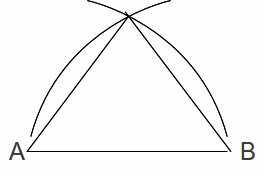- The diagonals of a rhombus are perpendeicular
- The diagonals bisect the angles
- They bisect each other
A rectangle is a parallelogram with four congruent angles also called an equiangular parallelogram

-The diagonals of a rectangle are congruent ands bisect each other
A square is an equilateral rectangle or regular quadrilateral or an equiangular rhombus
-A square's diagonals are congruent, perpendicular & they bisect each other.
Resources:
http://www.analyzemath.com/Geometry/rhombus_1.gif
https://blogger.googleusercontent.com/img/b/R29vZ2xl/AVvXsEg33UNJHn2qgmKLlEmfdl5gWiTqg0So6hdwpnVIRRolCI0UH9mwuPEoAus_ZS4N8xf0WvRyEGnlT32YVvap1K_IBXX252UFw9gHPG3LWsDWa9QtAn0bu6XSTzaweBK8oPRZ6_Qqi8rFma1y/s1600/rectangle+18.PNG
http://www.google.com/imgres?um=1&hl=en&sa=X&tbo=d&biw=1366&bih=618&tbm=isch&tbnid=ZdYwe4YDYLWyGM:&imgrefurl=http://www.geom.uiuc.edu/~dwiggins/conj28.html&docid=L8um8FYz5pA4mM&imgurl=http://www.geom.uiuc.edu/~dwiggins/proof29.GIF&w=364&h=196&ei=LWj5UOXEL6mB0QGooIDIBw&zoom=1&iact=hc&vpx=2&vpy=179&dur=1887&hovh=156&hovw=291&tx=225&ty=48&sig=114690899695513863037&page=1&tbnh=137&tbnw=256&start=0&ndsp=18&ved=1t:429,r:0,s:0,i:122
Are there any other special shapes?
















